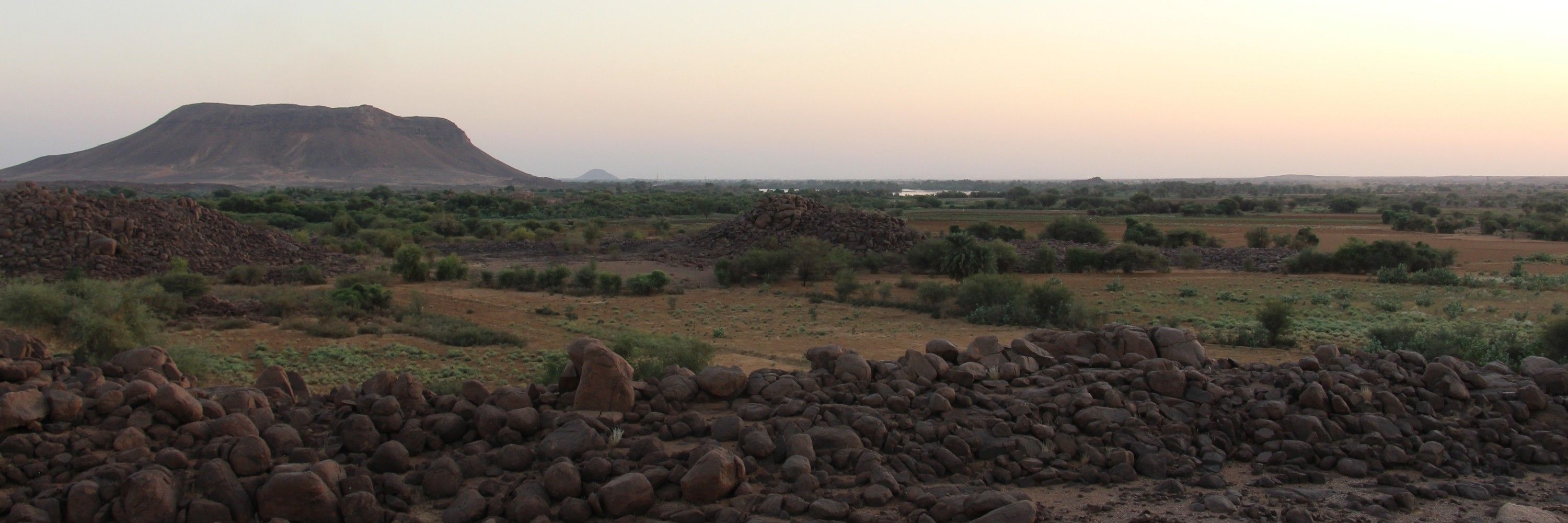
Studying settlement processes in the Nile Valley (Late Pleistocene - Holocene) | Dental anthropology - Bony labyrinth morphology
Thanks so much to all co-authors, including @isabellecrevecoeur.bsky.social, @clement-zanolli.bsky.social, @fredericsantos.bsky.social !
Thanks so much to all co-authors, including @isabellecrevecoeur.bsky.social, @clement-zanolli.bsky.social, @fredericsantos.bsky.social !
@pacea.bsky.social
7/7
@pacea.bsky.social
7/7
6/7

6/7
5/7

5/7
This suggests that Neolithic newcomers did not extend further into the desert margins and settled along the Nile only.
4/7

This suggests that Neolithic newcomers did not extend further into the desert margins and settled along the Nile only.
4/7
Considering the extremely high phylogenetic signal of the EDJ, this provides clear evidence of biological discontinuity and migration towards the valley at the Neolithic transition 🔄
3/7

Considering the extremely high phylogenetic signal of the EDJ, this provides clear evidence of biological discontinuity and migration towards the valley at the Neolithic transition 🔄
3/7
2/7

2/7

